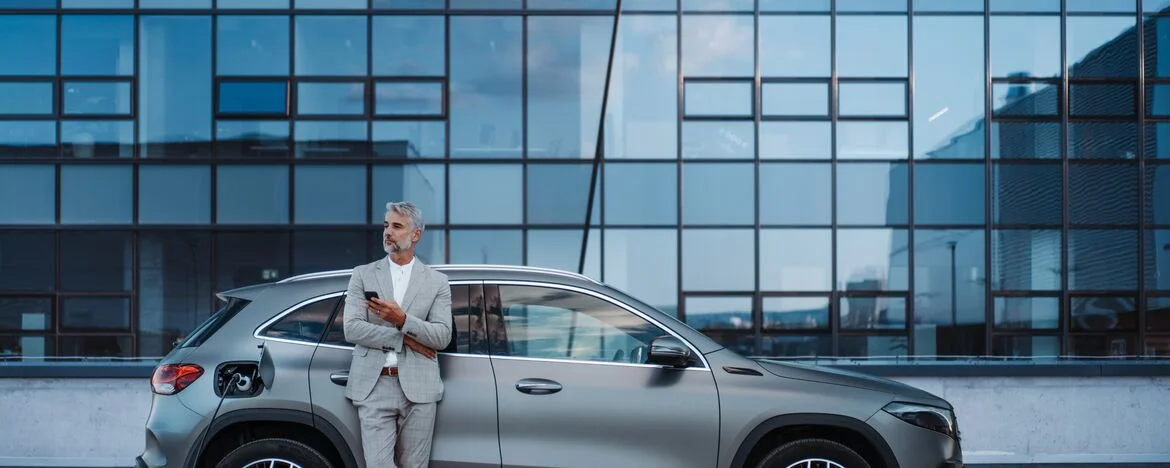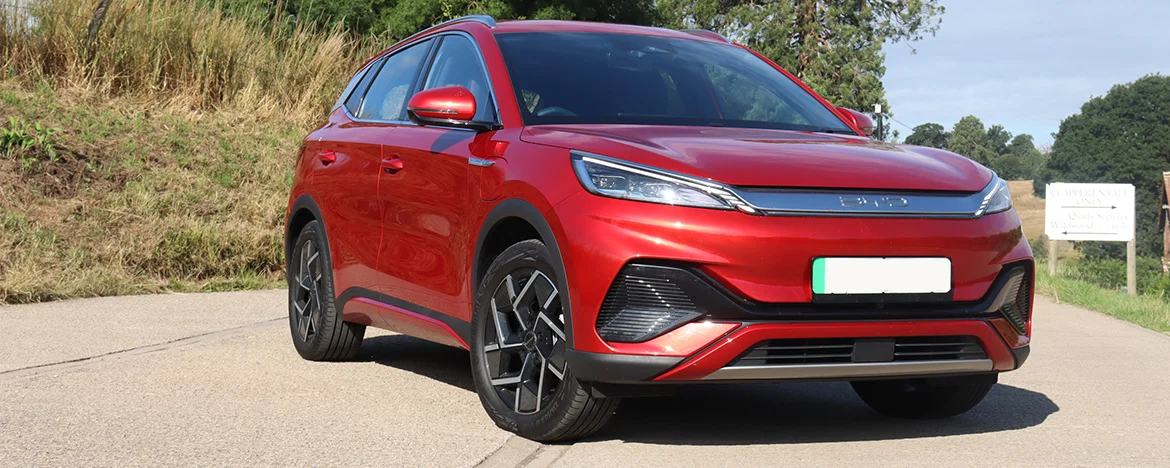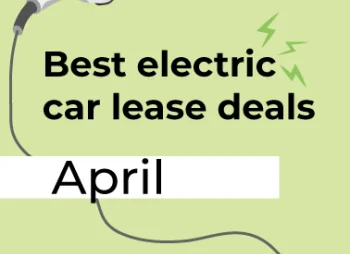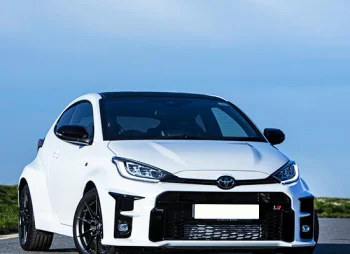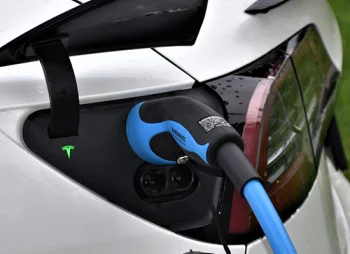The next big thing?
The EV world is constantly evolving, with manufacturers working hard to develop and improve the available technology.
At the moment, Chinese superpower BYD are at the top of the EV game with their Blade Battery design.
With 28 years of experience behind them, their focus has been on offering new energy solutions with zero emissions. And there’s a lot to recommend them over other manufacturers.
Using lithium-iron phosphate, BYD’s Blade Battery comes with significant safety benefits like slow heat generation, low heat release and improved cooling efficiency, due to the unique shape of the battery itself.
It’s also passed the nail penetration test without emitting any fire or smoke.
Remember when we talked about thermal runaway? The nail penetration test is the best way to test for it. Thermal runaway is most likely to happen when a battery is penetrated by an external object - and that's most likely to happen in a severe traffic accident.
In other words, they’ve worked hard to try and stop those spontaneous combustions from happening.
Providing greater range and a longer lifecycle, BYD’s blade battery is already taking the EV world by storm, with Tesla now using it in production of their Model Y cars. So, you could already be benefiting if you have a Tesla Model Y lease!
With BYD entering the UK this year, it seems their trajectory can only go up.
But could the existence of a solid-state battery prove a worthy challenge?
Though we’re not likely to see one for a few years yet, Toyota recently announced a successful breakthrough. If successful, Toyota claims it will be able to manufacture a solid-state battery with a range of 745 miles, that charges in just 10 minutes.
This could halve the weight, size, and cost of batteries in electric cars.
This claim hasn't been proven yet, but it’s a promising glimpse of things to come in the next few years.
And if Toyota can put their money where their mouth is, electric cars could achieve a much higher range in the shortest charging period yet, in just a handful of years.
Picture it: in the time it takes to stop and get a coffee at a motorway service station, your car could get the capability to drive another 750 miles. Even in a petrol car, you’d have to refuel again before hitting that sort of range.
It has impressive potential.
So how does BYD’s ATTO 3 measure up?
At the time of writing, an ATTO 3 can charge from 30% to 80% in around 30 minutes which is nothing to sniff at.
But with competitors focusing on the solid-state battery, BYD will have some work to do to stay ahead of the curve.

